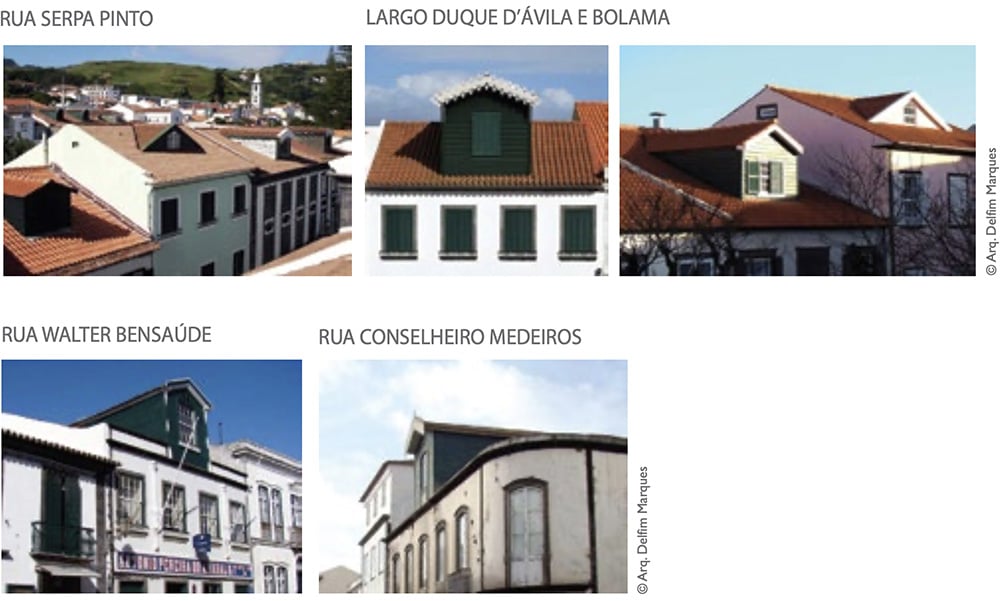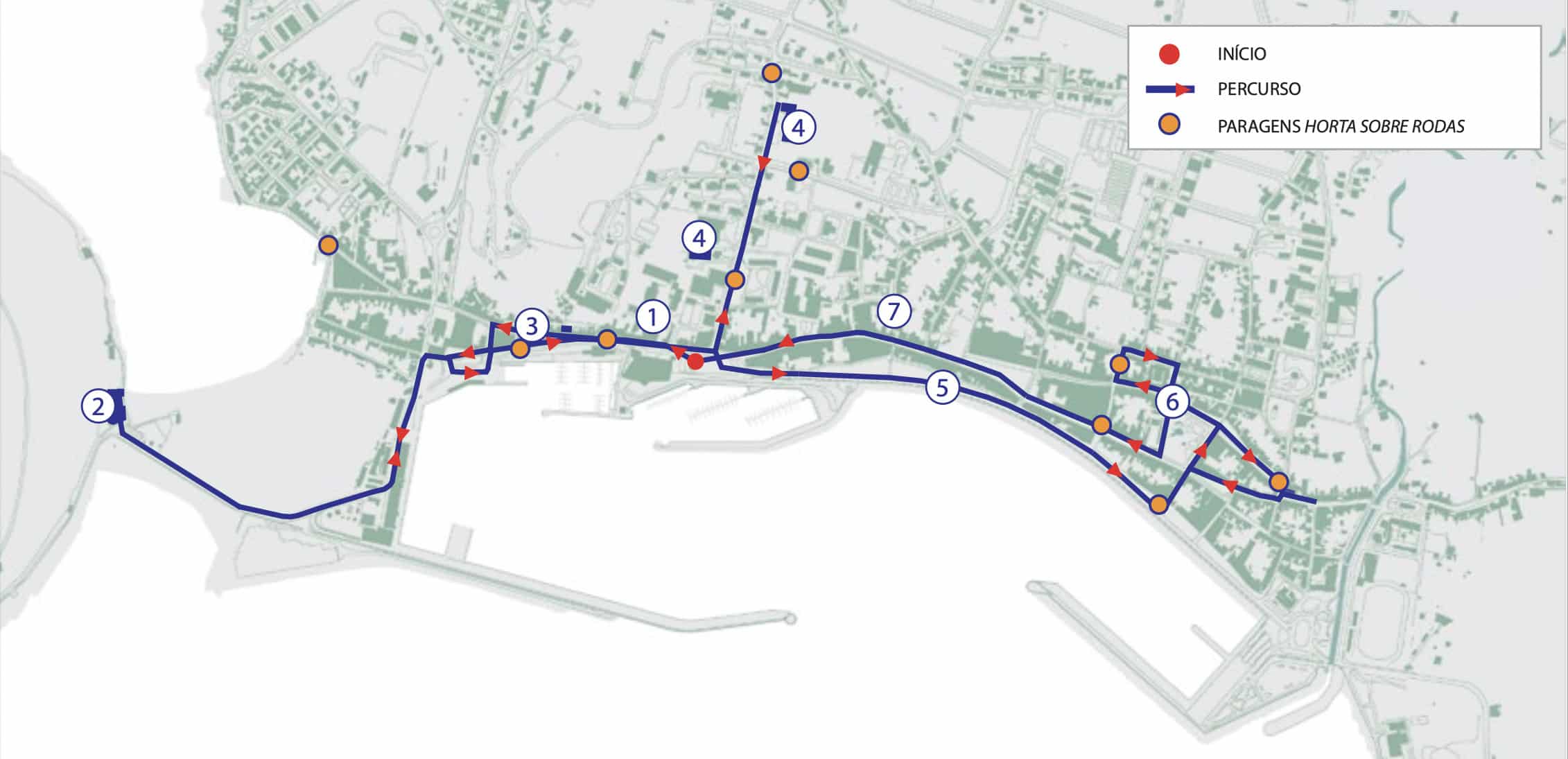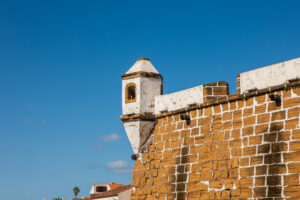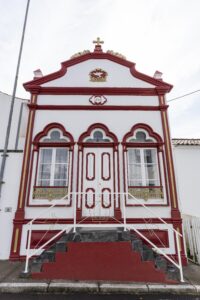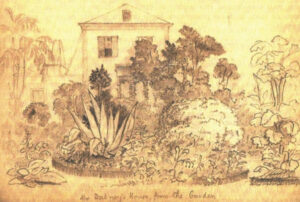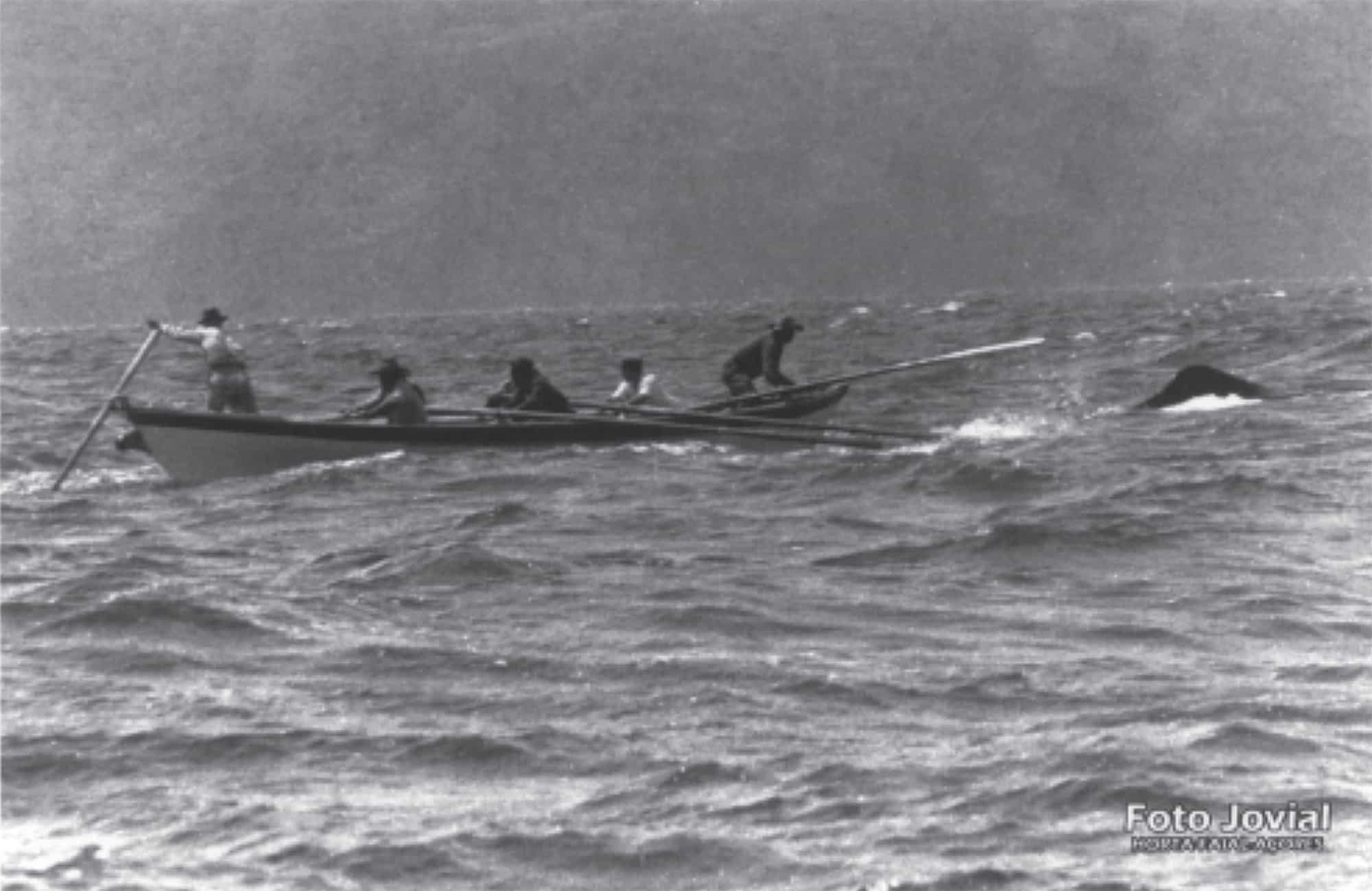
Horta Baleeira – The times of the whales and whalemen
This itinerary unravels the ways in which whale hunting has influenced the city’s identity until today, regarding the collective memory and experiences of the people from Faial, and architecture itself. It features valuable heritage sites, the leisure activities that still carry the legacy of whaling, as well as the American influence in the architecture of Horta.
With the presence of foreign whaling fleets during the 18th century, namely from New Bedford, Azorean whaling began in Calheta do Nesquim in the late 19th century. The Azorean shipbuilders also replicated the North American whaling boat model to create the Azorean whaling boat, which has an unparalleled patrimonial value today.
With the extinction of whale hunting, this practice gave rise to a variety of sports and recreational activities, such as boat trips and regattas on whaling boats, or even whale watching experiences.
Architectural elements from the so-called whaling architecture remain in Horta, such as turrets and dormer windows. Additional stunning examples of the presence of North American architecture in Faial are the great residences of the Dabney family.
- Horta
- Average duration of 4 hours
- Some locations are subject to opening hours.
- Low difficulty level
1. Architectural features
Strolling through the city, we encounter buildings and decorative elements influenced by the American architecture from the 19th century, particularly from the city of New Bedford, the capital of North American whaling.
Wooden constructions were built over the masonry houses – functional, typological, and aesthetic innovations intrinsically connected to the sea, giving the appearance of an irregular and dynamic crowning to the houses of Horta, unlike those in the other islands’ urban centres. These elements include several types of dormers, bay and oriel windows, as well as mansard roofs.
Usually made of wood (with overlapping boards, sometimes recovered from shipwrecks), these elements are typically painted (in shades of blue, green or brown, among others), creating a contrast with the pre-existent masonry buildings, whitewashed, with basalt stonework. Beautiful decorations with friezes, pendants and wooden tracery can also be seen.



2. Former Porto Pim Whaling Factory
Located in Monte Guia, it was built by the Azorean Maritime Society, Inc. (SIMAL) and started operating in 1943, during World War II. This is the island’s second factory, built in order to respond to the fast growth of the whaling industry, closing in 1974.
This building is considered one of the finest examples of the Azorean whaling industry, still with the original machinery.
Currently, the former factory is a museological space, holding a vast collection resulting from the whaling industry in Faial during the first half of the 20th century.
It is also the Centro do Mar (Sea Centre), a space dedicated to the scientific and cultural promotion for this theme, as well as the headquarters for OMA – Observatório do Mar dos Açores (Sea Observatory of the Azores).
3. Peter’s Scrimshaw Museum
In association with Peter’s Café Sport, the Scrimshaw Museum is dedicated to this technique, considered to be the most iconic artistic expression of the whaling era.
The scrimshaw technique was introduced in the Azores by the North American whalemen, consisting in the carving of the tooth or the bone of sperm whales, which was then filled in with dark colours. These engravings depicted themes related to the sea and even portraits.
Created in 1986, this museum offers a remarkable collection of engraved and carved pieces.


4. Fredonia e The Cedar’s House
Fredonia and The Cedar’s House are two of the four residences owned by the Dabneys, a North American family led by John Bass Dabney, the first U.S.A. Consul to the Azores. For three generations, from father to son, the Dabneys dedicated themselves to the business of exportation (wine and brandy from Pico island, oranges and the well-known “whale oil”), along with the provision and repairment of vessels, therefore significantly contributing to a period of great economic, social and cultural development for the community of Horta.
They built three mansions, named with the designations by which they are still known today: the first mansion was the Bagatelle, built in 1812 (located in Rua de S. Paulo); the Fredonia (nowadays the Lar das Criancinhas da Horta, a day care centre), dating back to 1835; and the Cedar’s House, built by John Dabney Polmeroy, the grandson of John Bass Dabney, in 1851. They also acquired a summer house with a wine cellar in Porto Pim Bay.
These residences were influenced by neoclassical architecture from New England (region of the northeast coast of the United States of America), characterized by its large size, balconies, porches, and generous openings – emphasizing the introduction of bay windows -, all of which had a privileged view to the bay and the port movement.
In 1892, the Dabneys had to leave Faial and return to the United States, leaving behind a built heritage which was very distinct from the common local structures, ultimately promoting a shift in attitude and design in the local architecture that followed.
5. Architectural features
See description in section 1.
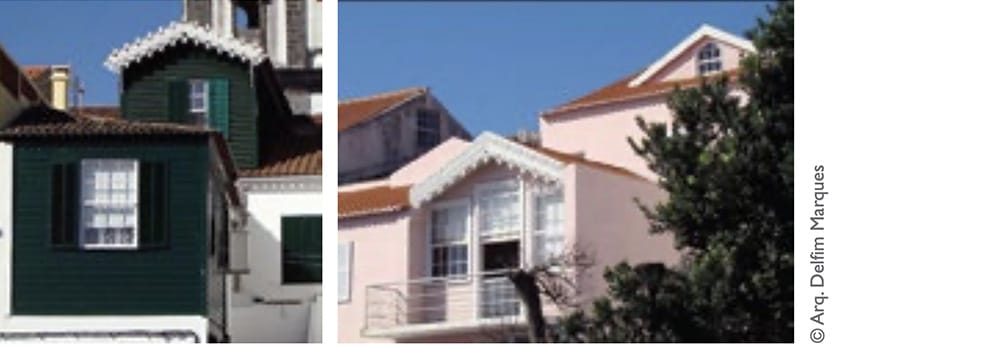

6. Architectural features
See description in section 1.
7. Architectural features
See description in section 1.
